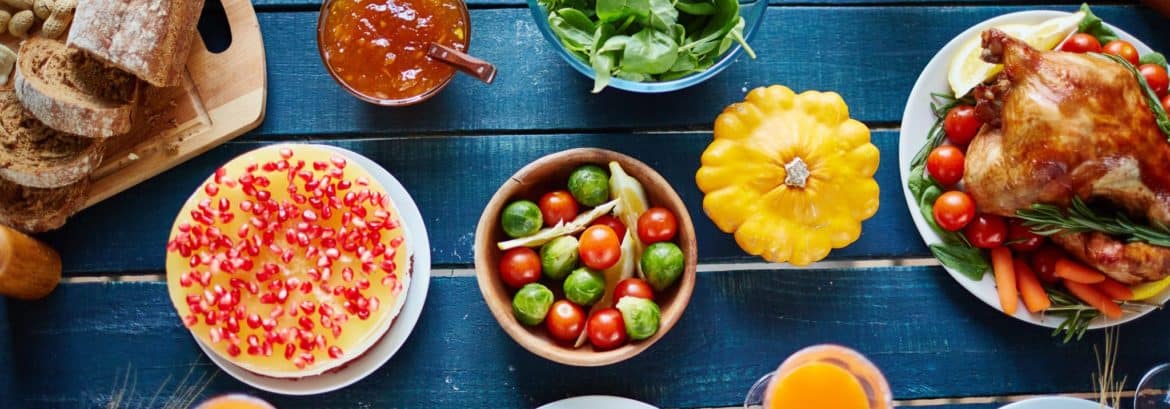Brushing and flossing regularly helps to maintain your oral health by removing sugars and lingering food particles from your teeth that unite with bacteria in the mouth to form plaque. That’s why your Burlingame dentist always recommends that patients practice quality daily oral hygiene to protect their long-term health.
When left on your teeth, plaque produces substances that erode away tooth enamel, creating cavities where bacteria can begin to pool and setting the stage for the development of gum disease.
In recent years, a growing body of evidence suggests that eating certain foods may actually help improve the health of your teeth and gums. Just as heart healthy foods can lower your risk of cardiovascular disease, the following foods may actually help improve your oral health, say researchers at the University of Illinois-Chicago.
Tea
Substances found in black and green teas known as polyphenols help to slow the growth of certain types of bacteria known to cause cavities and the development of gum disease. A study conducted by researchers at the University of Illinois-Chicago found that individuals who rinsed with black tea for 60 seconds, 10 times a day, had less plaque in their mouths when compared to individuals who rinse only with water. Even more impressively, the size and adhesiveness of the plaque was also reduced.
Another study published in the Journal of Dental Research found that drinking tea, especially black tea, could help to eliminate bad breath, as well. So the next time you’d like a nice warm beverage, you may want to consider a cup of tea instead of coffee.
Cheese
Your mouth has a certain level of acidity that can fluctuate from normal to a high. When elevated, this oral acidity can negatively impact tooth enamel by making it weaker and easier for plaque to damage. One of the ways you can help maintain the acidity levels in your mouth is by eating cheese.
A study published earlier this year in the Journal of General Dentistry found that kids between the ages of 12 to 15 who ate cheddar cheese enjoyed lower oral acidity levels than kids who drank milk or ate sugar-free yogurt.
After eating the different types of dairy, the kids rinsed their mouths with water. When measuring the acidity levels in 10-minute intervals for the next half hour, researchers discovered that the kids who consumed yogurt or milk exhibited no change in acidity, while the kids who ate cheese enjoyed a rapid decrease at each interval.
Raisins
While naturally sweet, raisins don’t actually contain any table sugar, or sucrose. Sugar aids bacteria with sticking to the surface of your teeth, which enables them to produce plaque. So if you feel the urge to eat something sweet, raisins make an excellent alternative to most things you’ll find in the vending machine.
Raisins are also filled with phytochemicals, which evidence suggests helps to kill bacteria that create cavities.
A few studies have even suggested that raisins may contain additional compounds that could interfere with the growth of bacteria that contributes to the development of gum disease, but further research is needed.
Crunchy Fruits and Vegetables
It takes time and effort to properly chew foods such as cucumbers, apples, and carrots. Fortunately, all that munching isn’t in vain.
Chewing foods with a high water content helps to not only increase saliva, which works to wash away harmful bacteria, these types of fruits and vegetables also help to scrub away bacteria from your teeth.
Foods like celery, carrots, and broccoli are even referred to as “nature’s toothbrush” because eating these types of healthy fruits works like brushing your teeth.
While you can’t replace brushing and flossing with just eating vegetables, these healthy snacks can help reduce your risk of tooth decay while also helping manage your weight.
Sugarless Gum
While brushing after each major meal would be ideal, not everyone has the time. However, chewing a stick of sugarless gum following a meal can serve as a practical compromise for not brushing.
Much like eating vegetables, chewing gum helps to increase saliva flow in the mouth. The more saliva, the more plaque and lingering food particles get rinsed following a meal, helping to lower your risk of decay.
If you have any questions about the best foods for your oral health, feel free to ask your Burlingame dentist during your next appointment at Burlingame Dental Arts.



